Camp Resources includes five days of Cubelets robot block activities. Each day is designed to take roughly three hours – split into three one-hour sessions.
Today is all about using light signals during nighttime and extreme weather.
1. First, students will design a Cubelets lighthouse, then revise it to be automatic and energy-efficient.
2. Then, students will customize their lighthouse by designing and creating a net to cover their lighthouse, and by programming the lighthouse to flash in a unique pattern.
3. Finally, students write their own customized Blockly code to further customize their lighthouse signals.
You might choose to embrace today’s theme by incorporating other weather-related activities such as water tables, weather stations, earthquake shake tables, books about weather, or weatherman stations, where students film themselves giving a weather forecast!
Today is all about how robots move.
1. First, students will create racing robots as they learn that smaller Cubelets robots are faster than larger ones.
2. Then, students will design steering robots, which behave much like tracked vehicles (snowcats and tanks, for instance).
3. You might choose to embrace today’s theme by incorporating other vehicle- and navigation-related activities such as matchbox cars, 2D and 3D human mazes, mapping the neighborhood, giving navigation instructions, guiding a blind-folded partner through an obstacle course, or use the included coloring pages and Cubelets costumes (nets)!
Click below to view the linked resources.
Today is all about robots that monitor the local environment – a much-needed service for astronauts.
1. First, students will create robots that protect the entrance to a room, or alert you when something gets too close.
2. Then, students will invent a robotic rooster, which announces either the sunrise or sunset to nearby humans.
3. Finally, students will design a wandering robot that moves around the spaceship looking for important information.
You might choose to embrace today’s theme by incorporating other monitor- and space-travel-related activities such as reading about life in a spaceship or watching some of the Canadian Space Agency’s videos about the International Space Station. Students might also imagine what living on another planet might be like, or solve some simple Mystery Brainteasers!
Click below to view the linked resources.
Today is all about designing robots to help people.
1. First, students will invent a robot that represents a character in a book or movie. This robotic character will help students better understand the character’s motivation, which they can apply to understand each other more, too.
2. Then, students will invent a robot that is based on a real animal.
3. Finally, students will design a robot with specific adaptations to adapt to a unique environment.
You might choose to embrace today’s theme by incorporating other character- or animal-related activities such as planning a field trip to a petting zoo, reading books about animal adaptations, rewriting famous children’s stories from a different character’s perspective, or having students invent their own stories (or animals).
Click below to view the linked resources.
Today is all about designing playful robots.
1. First, students will create a robot that bucks like a bronco.
2. Then, students will create a robot that can do wheelies.
3. Finally, students will create dancing robots and have a dance party!
You might choose to embrace today’s theme by incorporating other rodeo-, bicycle-, or dance-party-related activities such as reading about the history of rodeos, watching videos of German artistic bicycling (Kunstrad), or learning famous dance moves together!

Cubelets FAQs is your place to find answers to common questions about Cubelets robot blocks, orders, and Modular Robotics.

Need help, can't find an answer? Contact the Modular Robotics support team and we'll help you!
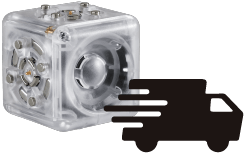
Get the details on Modular Robotics shipping policies and sales tax collection for orders in the United States and around the world.
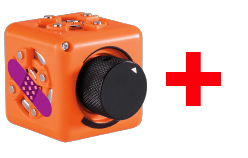
Cubelets are backed by a one year warranty. Need to make a claim, get a replacement, or have questions? Click to get started.
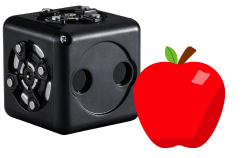
Explore a huge collection of K-12 lessons, activities, guides, training, and more.
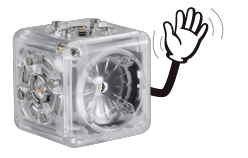
Learn everything you need to know to start creating more with Cubelets robot blocks in this handy Getting Started Guide.

Go beyond the building blocks and play with the code inside. Cubelets apps make it easy to create even more with your Cubelets.
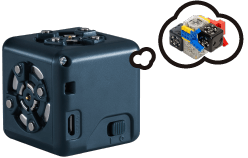
There are millions of robots you can create with Cubelets. Check out these robots to help inspire your inventions.
Cubelets robot blocks are used by educators all around the world to help students explore computational thinking, coding, and STEM.
Bring home the educational teaching tool loved by teachers everywhere. Explore sets designed for learning through play.